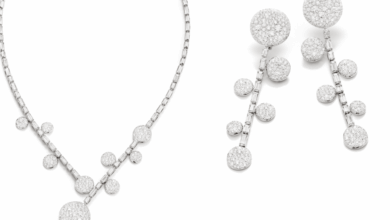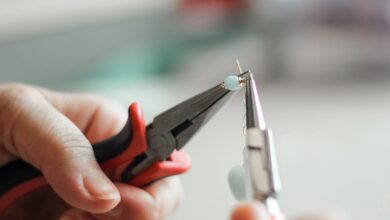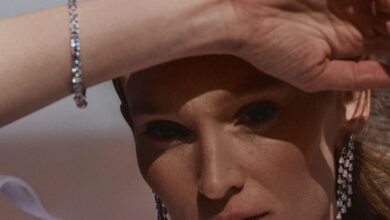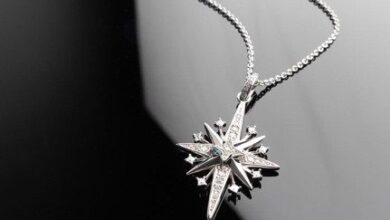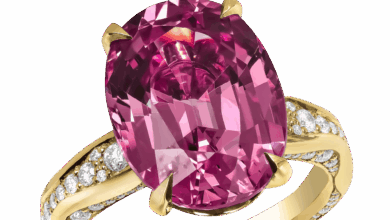Shopfitting and window displays
The retail experience has matured rapidly in recent years thanks to big-budget store designs deployed by major fashion brands. But in a world where competition for footfall is more fierce than ever, how can the independent jeweller ‘dress to impress’, too?
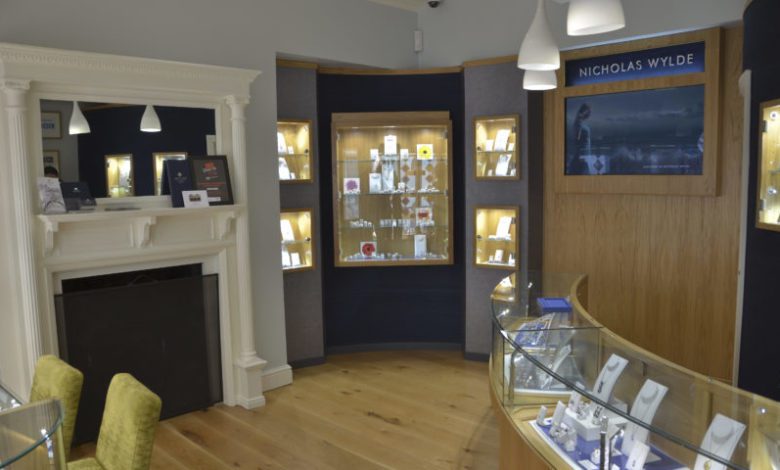
Register to get 1 free article
Reveal the article below by registering for our email newsletter.
Want unlimited access? View Plans
Already have an account? Sign in
These days independents are having to fight harder than ever to win that all-important footfall. Jewellery and fashion megabrands – with their millions-pounds design budgets – have changed the way consumers expect retail stores to look.
Gone are the days of cluttered shop fronts and overstocking: megabrands such as Pandora and – although not jewellery – Apple, have spearheaded a trend for bright, minimalistic style.
ON TREND
Popular colour themes for jewellery retailers have completely changed from the dark, traditional colours of yesteryear to a glossier, better-lit theme. From window displays to packaging and lighting, jewellers are incorporating light. And it’s not just a whim – it’s what consumers want. Ronnie Sulzbacher, sales manager at window display and packaging firm Just Brothers, says: “Gone are the days of traditional dark colours for display, the vast majority want colourful, modern looking displays and boxes.”
Given the very visual nature of jewellery’s appeal, providing a setting and backdrop that allows jewellery products to stand out and sparkle is an intuitive approach, though not as common amongst some jewellers as it should be. Kirsten Peterson, retail marketing manager at Danish jewellery packaging company Westpack, says: “In regards to the look of display materials, the colour of this season is white. The white colour gives the products brighter and clearer expressions, it’s minimalistic and easy to decorate.”
WINDOW-DUMPING
The aforementioned minimalism that is a key trend for modern high street stores, has created demand for window displays to be adapted for showcasing small selection of the jeweller’s best products – instead of the traditional thousand-piece spread. Consumers expect traditional jewellers to have a wide range on sale – there is no need to demonstrate this in the window. Such ‘window-dumping’ is actually a put-off for many shoppers, who are increasingly coming to see this as the mark of the amateur. The interior fitting of the shop has changed to showcase the more varied selection of the company’s jewellery, but it is carefully balanced so as not to overwhelm the customer.
Incorporating these modern trends can help generate custom, but Peterson adds that the focus is shifting from display material towards brand value. She says: “The competition in retail business is getting harder. A combination of years of no financial growth and increased
pressure from online shops means the retail business in general constantly needs to improve its way of doing business, to keep customers coming back. Branding is a huge part of this.”
WHY BRAND?
While large brands have set the trend for how shopfitting, lighting and window displays are expected to look for most high street stores – and the jeweller can learn much from this – it’s still important for independents to have their own strong identity. This helps garner new customers and retain the regulars.
Many have had success stocking large brands and using their branding as their shop front, although John Watts, director at Watts Design, says that retailers should not make the mistake of depending wholly on large brands. “We have seen in recent months when the large brands move out and set up their own-brand stores,” he says, “it makes a huge difference to the retailer’s turnover and can be quite crippling. We encourage our customers to bring in their own strong image and to continue being the wonderful independent jewellers this country’s high street must keep.”
The brand value of the independent jeweller may not always be able to compete with the heavyweight brands of the high street, but it can help to have a strong and steadily growing sector of the local market. Having a strong and trustworthy brand, driven by the store front, window display and choice of packaging, can mean a touch of personality in the face of the homegeneity of the larger multiples.
LIGHTING
Lighting is also an important factor in not only encouraging customers into a store, but also during the selling process. It can act as a “silent sales tool if used correctly, but can completely put off a customer if used badly,” explains Paul Breedon, managing director at Display Lighting. Scot Walker, co-director at retail display and lighting company, Parify, describes lighting as a three-part process. Attracting customers to the window, encouraging them to come inside the store, and, once they’re inside looking at a product, making sure that the lighting helps to clinch the sale. He says that customers walk inside stores “once every blue moon” so it’s important to make them walk out with something in their hands.
While he claims that the retailer’s understanding on lighting their stores is becoming increasingly advanced, he says that retailers need to make sure that all potential areas are covered, particularly the consultation areas. “A lot of the time retailers have lovely lit stores and beautifully lit windows, but they get someone sat down, trying to sell them a £5,000 ring and there’s not adequate lighting above the consultation table,” he says. “Closing the sale is the most important part of the whole process, they have spent the money trying to get the customer through the door, but it’s also important they have the lighting to help them close the sale.”
Improvements in technology have also helped retailers save money on lighting, with LED lighting now becoming the choice for those looking to re-light their stores. Breedon says: “LED lighting can enhance a store interior, generate large savings in energy and operate at much reduced heat levels compared to halogen and metal halide”. LED lights can create better sparkling effects on jewellery products, while at the same using less energy and creating less heat. So while they help to improve sales for retailers, they also help them save money on electricity and air conditioning bills.
With the high street a tough battleground, it’s important that to keep up with modern styles while also retaining their traditional family-run business image. Perhaps a demanding task, but the use of modern themes can help drive well-needed new business through the door.
This article first appeared in the October 2015 issue of Jewellery Focus


